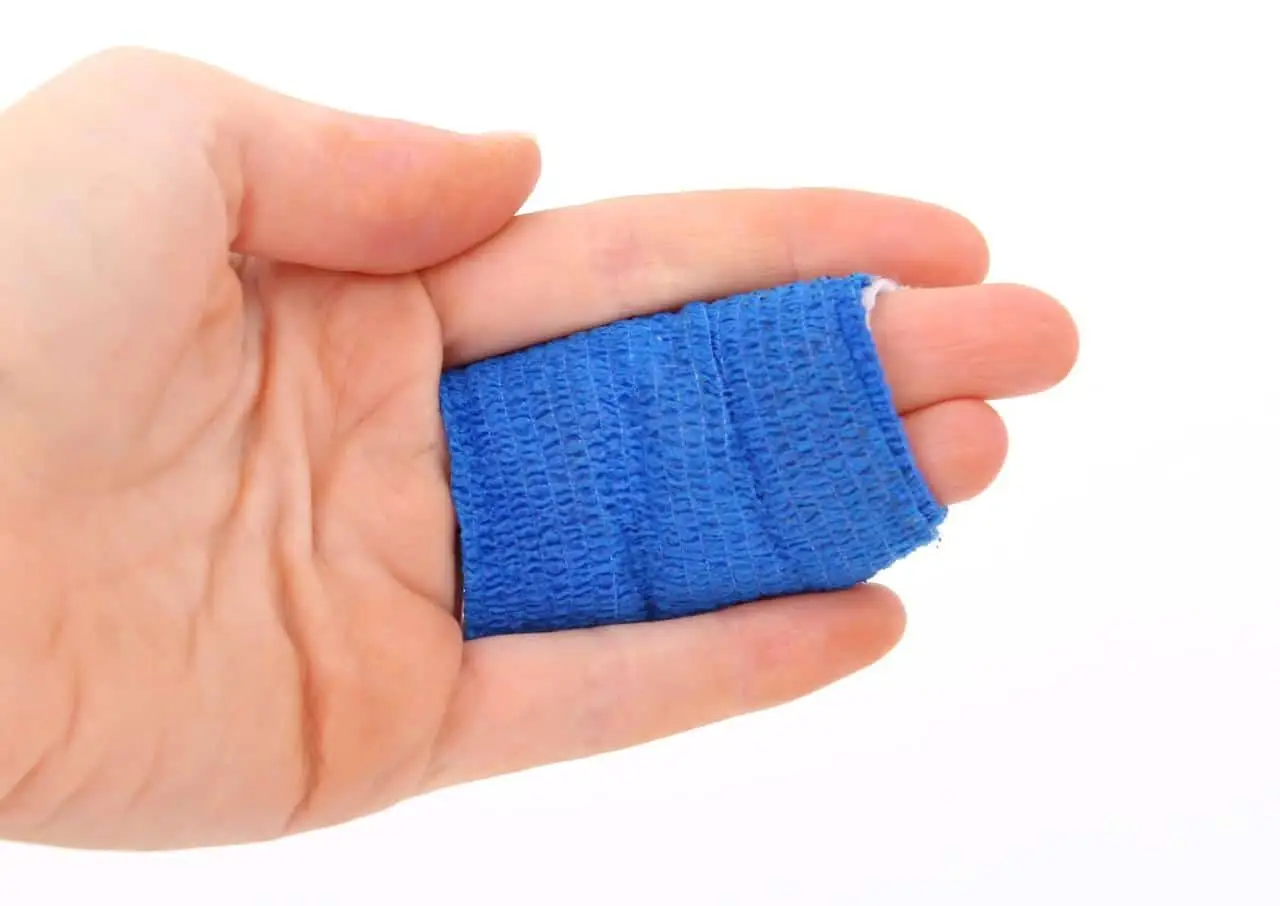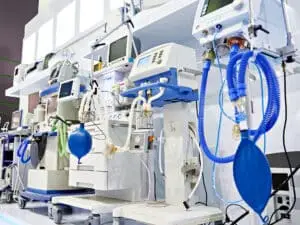Whether you’re at home or work, outside, or riding on a public bus, a burn injury can happen anywhere. Depending on the extent of the burn, these injuries can be debilitating, changing your life in a matter of minutes.
The American Burn Association estimates that about 450,000 people are treated for burn injuries in hospital emergency rooms every year — that figure doesn’t include burn injuries treated outside hospital settings, like doctor’s offices or clinics.
If you or a loved one has suffered a burn injury, you should contact a personal injury attorney immediately. Burn lawsuits ensure that you receive compensation for your injury, especially if someone else’s negligence caused it.
4 Types of Burn Injuries
Burn injuries have different root causes. According to the American Burn Association, most hospital burn patients sustained their injuries:
- In a fire
- Through exposure to a very hot liquid or steam
- Through contact with some form of electricity such as a power outlet
- By being exposed to chemicals
Roughly 73% of burn injuries typically occur at home, according to the ABA, with around 8% occurring at work, 5% on the road, and another 5% during recreational activities.
There are four different degrees of burns, and they’re classified by category depending on how severely the skin gets penetrated. The higher the degree, the more severe the burn.
1. First-Degree Burns
First-degree burns are the most common, with many people experiencing one at some point in their lives. This type of burn injury is the most superficial burn, affecting only the outer layer of your skin, or the epidermis.
Causes of First-Degree Burns
The main cause of a first-degree burn is mild sunburn. When you stay outdoors too long without sunscreen protection, the sun’s UV rays can burn your skin.
Another example of such burns, especially in children, is scalding. If boiling water touches your skin, the heat will burn it. Imagine opening the lid of a steaming pot on the stove. If you put your hand or face too close, the steam can burn the skin. Extremely hot water during a shower or bath can burn the skin, too.
Burns from electrical sockets or cords can also cause first-degree burns as can burns from exposure to flames or touching something hot.
Symptoms of First-Degree Burns
The symptoms of a first-degree burn include redness, pain, and possible inflammation. Generally, there are no blisters, and any long-term damage to your skin tissue is rare.
Treatment for First-Degree Burns
First-degree burns can be treated at home most of the time. A cool compress can help with the pain. However, make sure it is not too cold, as this can damage the skin. Also, applying aloe vera can help with pain as can honey, lotion, or antibiotic ointments.
A hospital visit is generally not required. But if the burn injury is too painful or you just want some advice on how to treat it, a call or trip to the doctor may be warranted.
Outlook for First-Degree Burns
It can take a few days to a few weeks for a first-degree burn to heal. It all depends on the area affected.
2. Second-Degree Burns
A second-degree burn happens when both the epidermis and a portion of the dermis — the layer of skin beneath the outer one — are injured.
Causes of Second-Degree Burns
Like first-degree burns, the causes of second-degree burns include scalding, touching a hot object, more severe sunburns, and exposure to a flame, chemicals, or electricity.
These burns can be superficial or they can be more dangerous and deeper.
Symptoms of Second-Degree Burns
A second-degree burn will be red and there will be blisters. It will be painful to the touch and inflamed. The area itself might be white or discolored or may look wet.
Treatment for Second-Degree Burns
Treatment for second-degree burns can vary. If the burn is not too large or too severe, then treatment can be done at your doctor’s office or a clinic. A trip to the hospital, however, should be considered when the burn is severe, covers a lot of the body, or when there is a high risk of infection.
You may need to have the burn injury cleaned and the dressings replaced frequently. Using antibiotic ointment can also prevent bacteria from infecting the wounded area. If there’s a high risk of infection or if the burn is found to have been infected, a doctor may prescribe oral antibiotics or IV antibiotics if you’re admitted to the hospital.
If the burn is more severe, a skin graft — transplanting healthy tissue from one area of the body to the injured spot — may be considered.
Outlook for Second-Degree Burns
Second-degree burns take several days to a few weeks to heal. Deeper burns may take a bit longer.
3. Third-Degree Burns
A third-degree burn destroys both the epidermis and the dermis in their entirety. Sometimes, fatty tissue is also destroyed.
Causes of Third-Degree Burns
The causes of a third-degree burn include scalding and exposure to fire, a dangerous chemical, or electricity. These incidents will have a more severe impact than incidents caused by first- or second-degree burns.
Symptoms of Third-Degree Burns
The affected area of a third-degree burn will be inflamed and discolored. The color may be white, black, or grey. It can also look charred and have a dry, leathery texture. There will not be any pain because the nerve endings, which send signals of pain to the brain, are most likely destroyed.
Treatment for Third-Degree Burns
Third-degree burns are more complex, dangerous, and can cause more problems than first- and second-degree burns. If you experience this type of burn injury, you should go to ER right away. The hospital can provide IV antibiotics and replace lost electrolytes. Hospital staff will also remove any dead skin and clean the burn site. Skin grafts are also an option.
Outlook for Third-Degree Burns
Because the epidermis and dermis are destroyed, no new skin or hair follicles will grow in the damaged area, which is why skin grafts are usually necessary. Also, because third-degree burns are more severe, you’re at a higher risk of fatal complications.
4. Fourth-Degree Burns
Fourth-degree burn injuries extend to both the epidermis and dermis as well as the deeper tissues. This type of burn injury can affect your muscles, tendons, and nerves.
Causes of Fourth-Degree Burns
Touching a hot surface, exposure to an open flame or a building fire, or exposure to a chemical are some causes of fourth-degree burns. These causes may seem similar to the ones that cause the other burn types we’ve discussed, but fourth-degree burns are generally more severe. While unintentionally touching a candle flame can cause a first or second-degree burn, for example, exposure to flames because you were trapped inside a burning building has the potential to cause a third- or fourth-degree burn.
Symptoms of Fourth-Degree Burns
There’s no pain with fourth-degree burns because all of the nerve endings are destroyed. The burned site is a charred color or white. You may even be able to see bone or tissue muscle.
Treatment for Fourth-Degree Burns
A fourth-degree burn is a medical emergency. An ambulance should be called immediately so you can be taken to the hospital. You will receive different medications, including IV antibiotics and IV fluids. A skin graft will be needed.
Physical therapy may also be needed if movement is affected by the burn. You’re at risk of going into shock from your body’s inflammatory response to the burn so you may need to be monitored. There’s also a risk of amputation with fourth-degree burns so it is important to go to the hospital right away.
Outlook for Fourth-Degree Burns
Fourth-degree burns are very dangerous as they affect not just the skin. They can have an impact on other parts of the body such as your muscles and other organs. According to the National Institute of General Medical Sciences, a person who has sustained burns to 90% of their body can survive, albeit with other health problems.
Other Burn Types
It should be noted that there are also fifth- and sixth-degree burns. Fifth-degree burns go into the muscle while sixth-degree burns go into the bone.
What To Do if You Experience a Burn Injury
What you should do if you experience a burn injury depends on the extent of the damage. Minor burns (the first- and second-degree kind) can be treated at home or by visiting your doctor. With these injuries, you should:
- Remove any jewelry or coverings near the burn.
- Run the burn under cool water until the pain subsides. Do not use cold water or ice — this can damage the skin.
- Apply a lotion to soothe any pain.
- Take over-the-counter medication for the pain (if you are able).
- Cover the area with a sterile bandage or gauge.
- Seek medical help if the burn does not heal or if you get a persistent fever — the latter may be a sign the burn became infected.
Major burns (the third- and fourth-degree types) will require a hospital visit. If you experience a major burn, you should call 911 and get to the hospital immediately. While waiting to be treated, you should:
- Keep the burn area raised so that it is above the heart.
- Cover the burn injury with a cool bandage (never cold).
- Do not apply any creams or ointments.
If Your Burn Injury Was Caused by Negligence, Contact Morris & Dewett Injury Lawyers Today
If you experienced a burn injury through the negligence of others, Morris & Dewett Injury Lawyers can help. We have an extensive background in handling burn lawsuits, winning cases that bring our burn victims the compensation they deserve.
One of our experienced personal injury attorneys will be able to assess the facts of what happened and determine whether your burn injury happened as a result of negligence. If that’s the case, you may be entitled to relief, easing the financial stress you’re likely experiencing. Don’t delay in getting the help you need. Contact the Morris & Dewett Injury Lawyers today!





